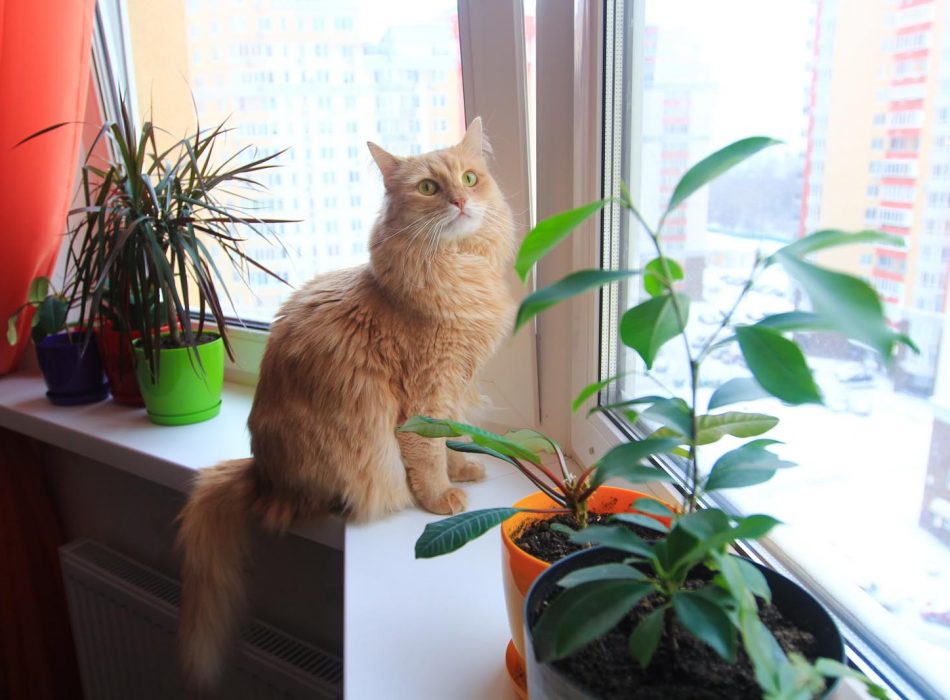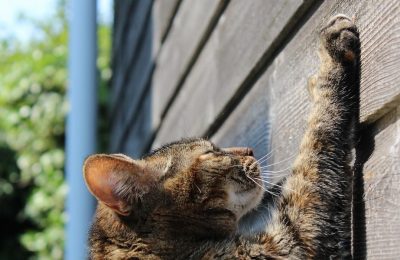For cats raised to go where they please, the city can be a big and dangerous surprise, but with a bit of careful thought, your cat will find a new life in the city.
any cat owners assume that room to roam means a better quality of feline life, with wide-open spaces, trees to climb, not much traffic and limitless little furry things to chase. However, some of you will find yourself in the situation of having to up sticks and make the move to the big city. The process of moving your feline friend can be difficult if you're not prepared for it. So here are some tips on how to make the move easier for the both of you.

"Just workin' on my tan.."
Cut down on their outdoor time.
Firstly, in preparation for any move, it’s a good idea to get your cat accustomed to the habits and routines of a city cat while still in the comfort of familiar surroundings. If your cat is unused to using a litter tray, the time to start this is before any move takes place. Gradually restricting access to the outdoors and finding ways to encourage your cat to spend time indoors will help when they move into their new urban home.
Give them a reason to come home.
Enforcing regular feeding times is a positive way to train your cat to understand the benefits of staying home. If your kitty manages to find a way out, he’s sure to come back when it knows it’s feeding time.
Give them indoor space to play.
Cats used to the outdoors tend to have more time for their scratching and climbing than cats that stay in. Introduce cat trees, scratching posts and other ways to replicate the sort of exercise a cat is likely to find in rural places – or else be prepared to change your curtains, table legs and soft furnishings regularly. Not only does having scratching poles help reduce expensive damage, but they’ll also provide your little bundle of fur and claws with something familiar and homely in their new pad.

"It's scientifically proven that talking to your plants three times a day makes them grow twice as tall"
Housetrain them before they move.
Indoor cats need a litter tray; for cats used to doing their business in the great outdoors, this can take a bit of adjustment. Rather than using regular litter, some find it easier to acclimatise to a mix of litter and sand or earth until they’re used to it. Not only will this help avoid any nasty messes in your new home, but also give your cat with a familiar and private place of their own.
Make sure they’re not bullied by the locals.
Rural cats have much bigger territories than city cats, and depending on their temperament might find the number of other felines that cross their paths something of an intrusion. If you’re lucky enough to have garden space, it’s a good idea to monitor your cats when they leave the house, as without you at their side they might be intimidated by neighbours.
Consider turning them into full-time indoor cats.
City cats tend to learn about the dangers of traffic at an early age; rural cats often find it harder to get used to urban traffic. The only sure-fire way to keep them safe is to keep them indoors as much as possible. There are many benefits to indoor cats; aside from lessening the chances of catching diseases or getting into scrapes with other cats or passing vehicles, or even getting lost, they’ll also be less destructive to local wildlife populations.









